Importance Of Art Education
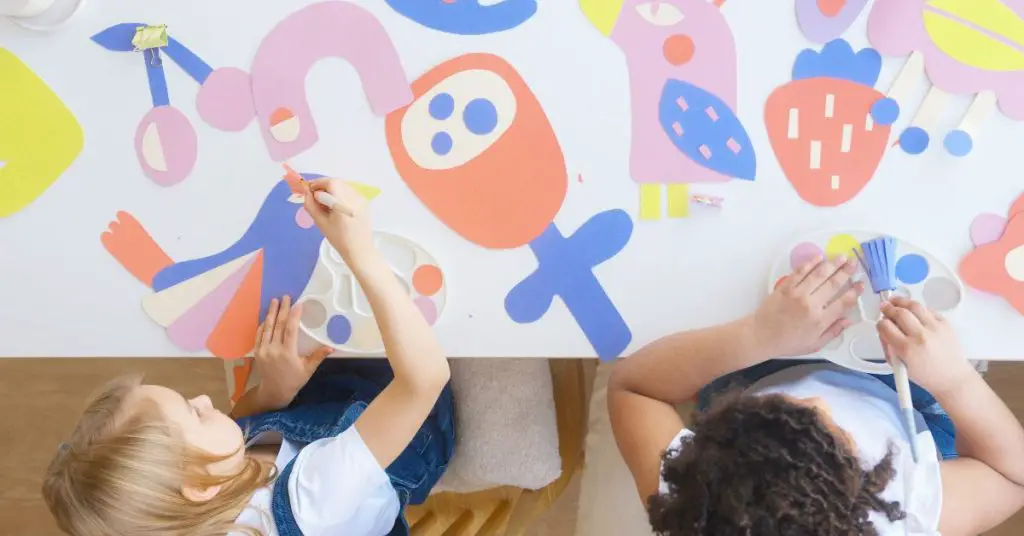
The importance Art education has long been an invaluable part of young people’s development, but it is often overlooked or considered optional.
However, there are many benefits to engaging children in art activities that can positively shape their lives and help create a more compassionate society.
In this article, we will discuss 14 key ways in which art education can benefit children. Let’s dive right in.
Table of Contents
Why Art Education?
We all know the importance of providing our children with a well-rounded education, one which includes science, mathematics and language arts as well as social studies and physical activity. But what about art?
This creative expression is just as important as any other subject when it comes to nurturing the minds and hearts of our youth.
When children engage in artistic activities such as drawing, painting and sculpture making not only do they gain technical skills, but also develop crucial soft skills like problem-solving and communication abilities – essential for success both now and later in life.
Let us take a look at some of these specific benefits that come from involving kids in art activities!
Introduction To Art Education
Art education is a valuable way to introduce children to the visual arts. It provides an opportunity for them to explore their creative potential and gain insight into new ways of thinking.
Through art, students can develop abilities that will benefit them throughout their lives.
Art education has many benefits, such as strengthening motor skills, encouraging creativity, understanding culture, developing problem-solving skills, and enhancing academic performance.
By introducing young minds to the world of visual arts, we give them the tools they need to succeed in life.
The importance of art education cannot be overstated. It helps us understand our own values and beliefs while also teaching us about different cultures around the world.
Art encourages self-expression and stimulates imaginative thought processes which can transfer into other areas of life such as math or science.
Furthermore, it offers therapeutic value by allowing individuals to express emotions without words when needed.
With these advantages in mind, let’s look further into how art can strengthen motor skills in children.
1. Strengthening Motor Skills
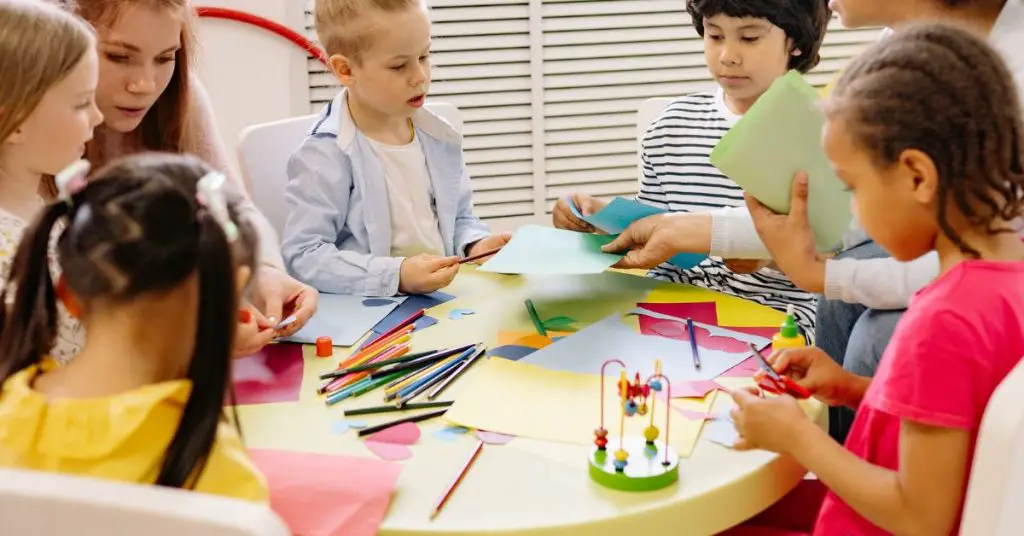
Art education experiences are incredibly beneficial for children as they help to strengthen their motor skills.
Through hands-on art activities, kids can work with a range of materials that require varying degrees of dexterity and coordination.
By engaging in tasks such as drawing, painting, sculpting, or weaving, young people hone fine motor skills that come into play every day at school and home.
Art also helps them develop strength and control by manipulating different tools like paintbrushes, scissors, rulers, and clay.
As these activities become more complex and involved, the muscles used by children become stronger over time.
Not only do art education experiences improve physical abilities but they also give youngsters an opportunity to practice problem-solving while having fun doing it!
Working through artistic projects requires creative thinking along with trial and error strategies – both useful life skills that will serve them well now and in the future.
With each successful endeavor comes a sense of accomplishment which encourages further exploration into the world of art-making.
2. Enhancing Creative Thinking
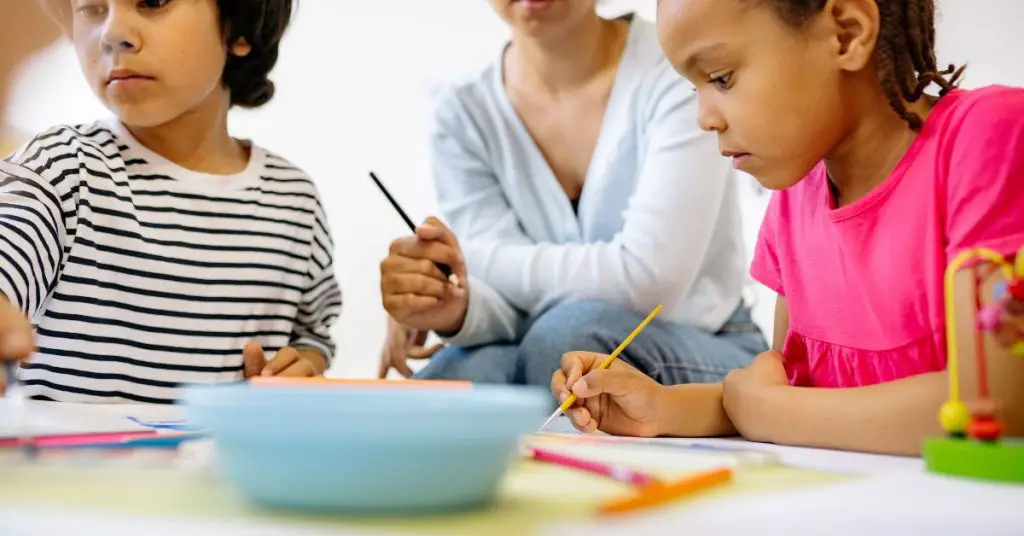
As a continuation of the previous section, art education can also enhance children’s creative thinking skills.
Like a painter’s brush strokes allowing for unique interpretations of reality, art also provides an opportunity for young minds to explore and express themselves.
Through arts integration and hands-on experiences with various forms of visual expression, students can explore their own creativity as well as that of others.
This can lead to increased critical thinking skills through analysis of artwork and identification with different artistic movements throughout history.
In addition, by creating something new, children learn how to think outside the box and develop innovative solutions to problems they may encounter both inside and outside the classroom.
Art encourages risk-taking and gives students permission to come up with ideas that might not have been considered previously.
Furthermore, students gain invaluable insight into other cultures through exposure to foreign art styles which can help expand their cultural awareness.
3. Expanding Cultural Awareness
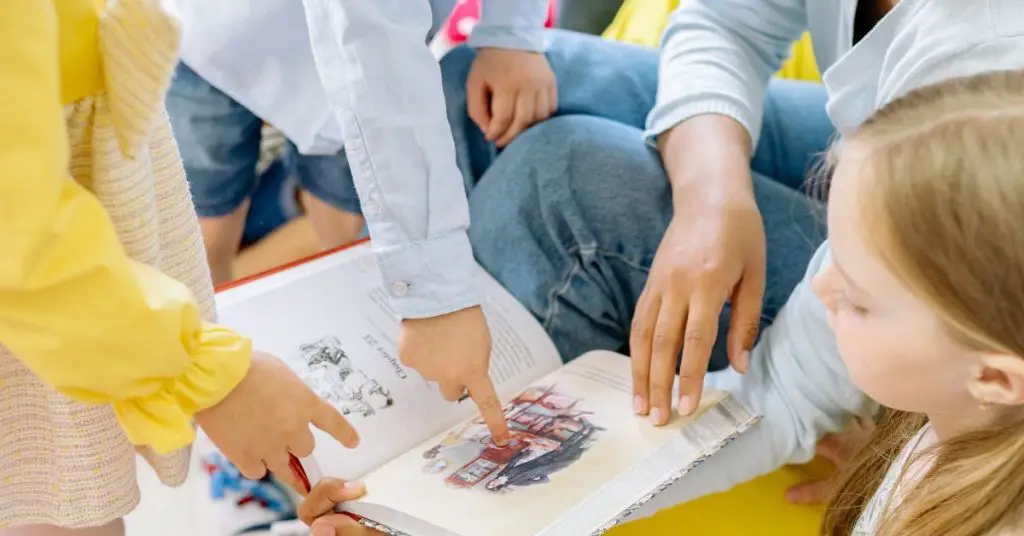
Art education provides children with the opportunity to explore and engage with a variety of cultures.
Through vibrant art forms, such as music, dance, theatre and visual arts, students can gain an understanding of how different people express themselves artistically.
This helps build empathy for other cultures and encourages a spirit of global citizenship.
Not only does this foster respect for diversity, but it also broadens kids’ horizons by providing them with exposure to performing arts from around the world.
By learning about diverse cultural expressions, children are able to develop a deeper appreciation of their own culture while simultaneously experiencing something new.
Art education offers students a chance to explore many creative outlets which allows them to better understand customs, beliefs, values and attitudes that differ from their own.
We must remember that we all have our differences yet in doing so should be celebrated rather than judged or criticized.
This section has highlighted the importance of exposing young minds to arts and cultural influences beyond what they know; now, let’s look at how art education can help develop problem-solving strategies in children.
4. Developing Problem-Solving Strategies
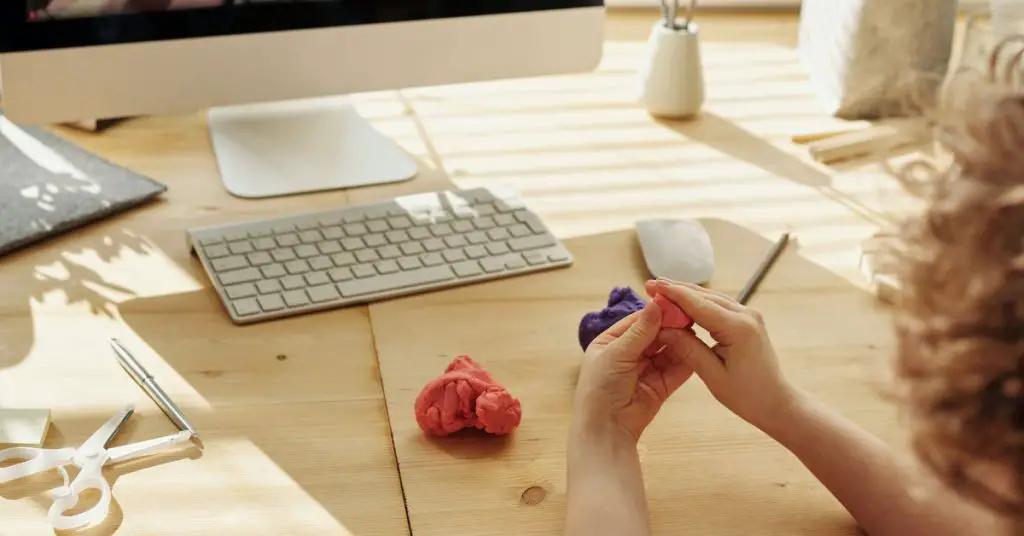
Art education is an invaluable tool in helping children learn how to think critically and solve problems.
According to Americans for the Arts, learning art is integral to all students’ lives.
Studies have shown that art-making activities increase problem-solving strategies by challenging children to find solutions to artistic challenges.
As they work through these creative tasks, they are developing important cognitive pathways that will serve them well into adulthood.
Not only does arts learning improve problem-solving approaches, but it also helps build self-confidence as children develop their own innovative ideas and creations.
Through this process of creation and exploration, children gain a greater sense of pride in themselves and their artwork which helps boost self-esteem.
Arts Education is crucial in fostering creativity while simultaneously building essential life skills such as problem-solving.
By providing young learners access to meaningful art experiences, we can ensure that our youth are equipped for success now and in the future.
With increased confidence comes improved academic performance across all subjects – not just art!
5. Building Self-Confidence
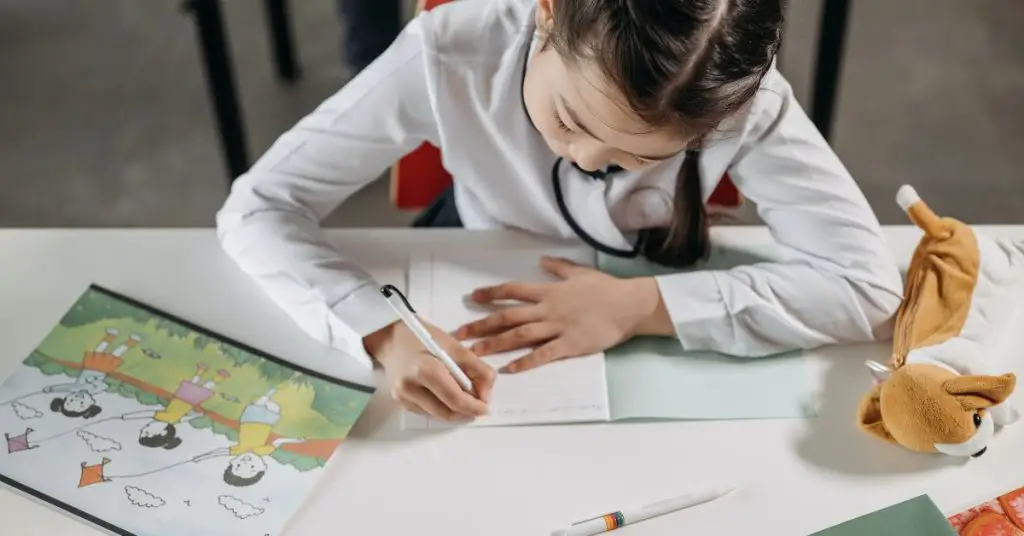
Take the example of Haley, a student enrolled in a school that included art as part of its curriculum.
Haley lacked self-confidence before enrolling in this program and had difficulty speaking up for herself.
She began to break out of her shell and gain confidence in her abilities through participation in art activities and projects.
She learned how to express herself through creative outlets such as painting and drawing which allowed her to tap into her innermost thoughts and feelings without feeling judged or misunderstood.
As her social and emotional development improved, she started making more friends and participating more actively in class discussions.
The importance of creating a supportive environment for students is especially crucial during their formative years when they are learning about themselves for the first time.
Art can allow children to explore different parts of their identity while providing them with tangible skills that can be applied beyond the classroom setting.
By encouraging creativity within each student, teachers can help build self-confidence by allowing children to discover something unique about themselves that will set them apart from the crowd.
From there, they will have greater motivation to pursue their interests further throughout life because they have developed a belief in themselves that no one else can take away from them.
6. Encouraging Critical Analysis
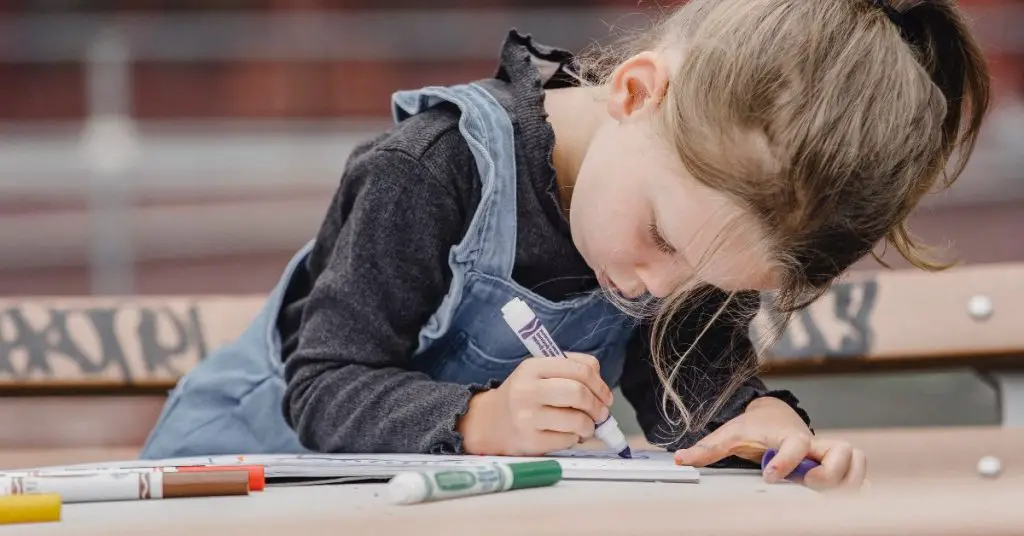
Building self-confidence is an important step in helping children reach their full potential. However, encouraging critical analysis through art education can also support the growth of a young mind.
Art education allows children to recognize and appreciate fine art while engaging in core academic activities such as analyzing concepts and forming thoughtful conclusions.
This type of learning encourages careful and thorough thinking, which helps build problem-solving skills that will be beneficial later in life.
Art education teaches students how to form arguments and opinions based on facts, data, or evidence.
They learn how to express themselves artistically and develop ideas that come from within.
Furthermore, they practice meaningful dialogue about artwork with teachers and peers alike; this helps them become better communicators by teaching collaboration skills and demonstrating respect for different perspectives.
7. Teaching Collaboration Skills
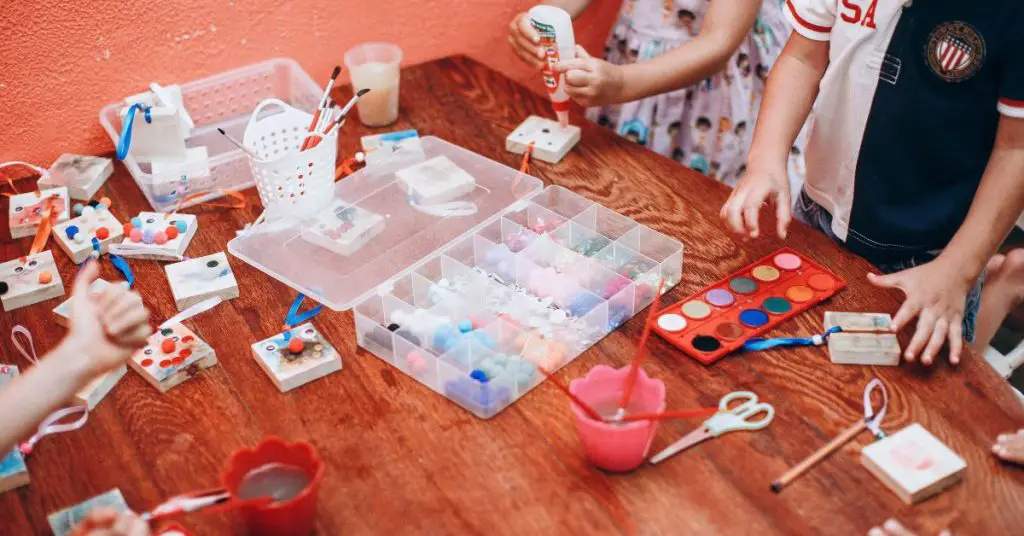
Art education provides an invaluable opportunity for children to learn the importance of collaboration.
Through constructive interactions with peers, teaching artists and mentors alike, students become well-versed in working together towards a single goal.
Collaborative skills are essential components of a well-rounded education, thus making art classes ideal spaces for such development.
In these environments, children can practice taking turns and listening intently as each person contributes their unique ideas to the project at hand.
Creative problem-solving is also heavily promoted through group work; when faced with difficult tasks or obstacles, they must develop solutions that benefit everyone involved.
With guidance from experienced teaching artists, young minds will soon discover how rewarding it can be to participate in collaborations and contribute valuable insight actively.
By fostering collaborative skills among its learners, art education provides yet another example of why it is so important in developing a child’s overall academic success.
From providing innovative ways of thinking about traditional subjects to promoting visual literacy, there is no doubting the many benefits that this type of learning offers every student who participates.
8. Promoting Visual Literacy
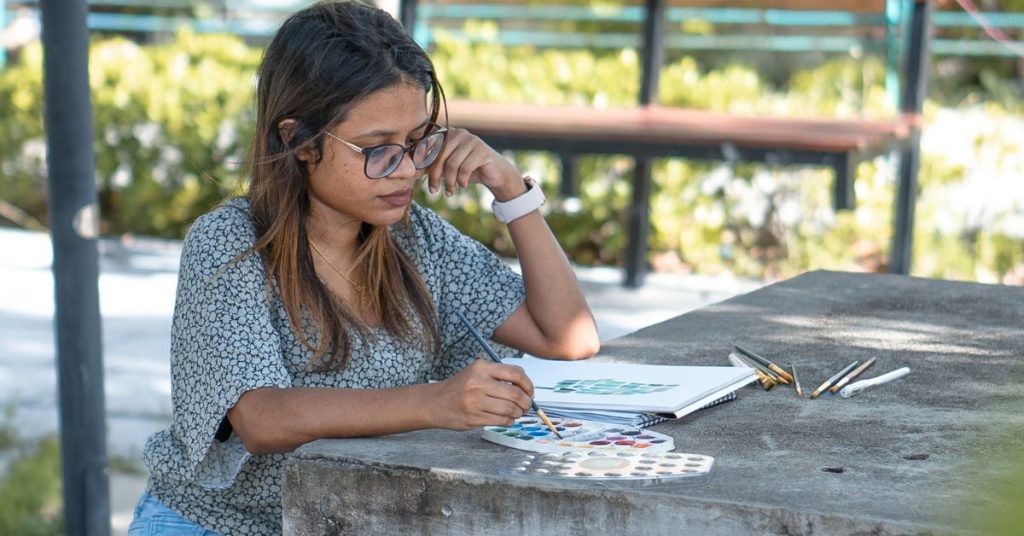
Promoting visual literacy through art education provides a variety of benefits to children.
Art allows students the ability to interpret, negotiate, and make meaning from information presented in the form of an image.
With this skill, students learn how to read visual messages that are often used in media and advertising.
Schools can help create programs that encourage this development by providing activities such as sketching, painting, or sculpturing classes.
These classes allow kids to explore new ways of communication through visuals while also teaching them about artistic techniques like composition and color theory.
Not only does learning these skills improve their knowledge of art history but it also helps them become better critical thinkers who can identify patterns in images and better understand symbolism associated with artwork.
This is essential for helping children become well-rounded individuals with strong analytical capabilities, giving them an advantage when they enter adulthood.
Art education is integral in promoting visual literacy and encouraging creative thinking among young minds; thus providing invaluable assets later in life.
9. Fostering Appreciation Of The Arts
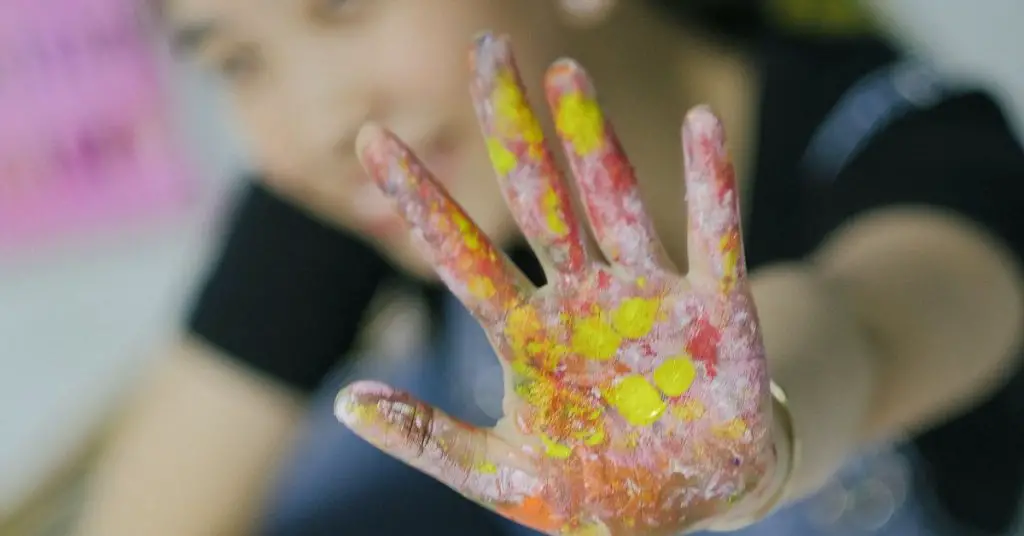
Fostering an appreciation of the arts can have a significant impact on children’s lives. Arts education in schools helps students develop knowledge and skills that are important throughout their lives.
It also equips them with creative problem-solving abilities and increases cultural awareness.
Art education experts say introducing children to art encourages self-expression and offers opportunities for exploration while they learn how to interact with others through creativity.
The importance of art education doesn’t end there; it can be instrumental in developing social skills, critical thinking, communication, and collaboration.
Art allows students to communicate ideas, and by engaging in activities related to creating or enjoying art, such as drawing, painting, music composition, etc., children can express themselves in ways that words alone cannot convey.
This is a powerful tool for personal growth and development. Art education has countless benefits for young people, contributing to mental well-being.
Not only does it enable them to connect emotionally, but it also allows them to explore different aspects of life from various perspectives by taking part in interactive activities that stimulate both imagination and intellect.
10. Contributing To Mental Well-being
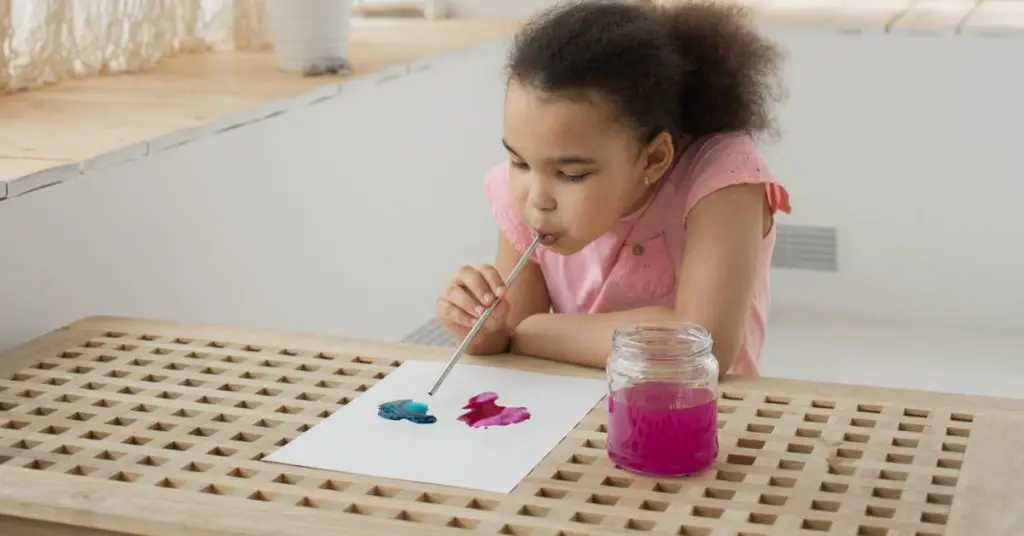
The importance of art education is often overlooked, but its impact on developing a well-rounded education that includes the arts can be profound.
Like a bright ray of sunshine through dark clouds, introducing children to artistic endeavors helps them grow and flourish mentally.
Art teaches creativity and problem-solving skills and encourages self-expression through non-arts-related activities.
Engaging in creative activities such as drawing, painting, music, and dance helps reduce stress and anxiety among young people.
It acts as an escape from everyday worries and promotes positive thinking by allowing them to express themselves uniquely, thus helping build confidence while improving communication abilities.
Through this outlet, they gain essential life skills that will benefit them throughout their lives.
Furthermore, it provides an opportunity for those struggling academically to explore avenues outside of traditional schooling where they can excel.
With these benefits in mind, let us continue exploring how art programs benefit students.
11. Improving Communication Abilities
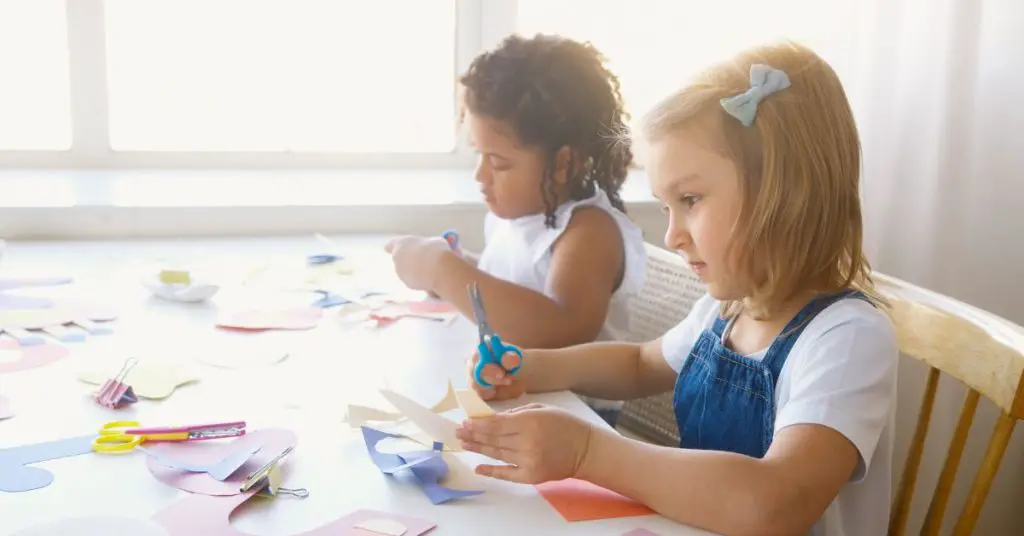
Art education offers children a unique opportunity to practice and improve communication skills.
Through artwork creation, students are given an avenue for expressing themselves in a way that is often more accessible than words alone.
This can have lasting effects on their ability to communicate with others as they grow older.
Art provides numerous opportunities for children to explore self-expression through various forms of visual arts, such as drawing, painting, or sculpting.
These activities help promote creativity while also developing problem-solving capabilities in young minds.
12. Increasing Empathy And Understanding
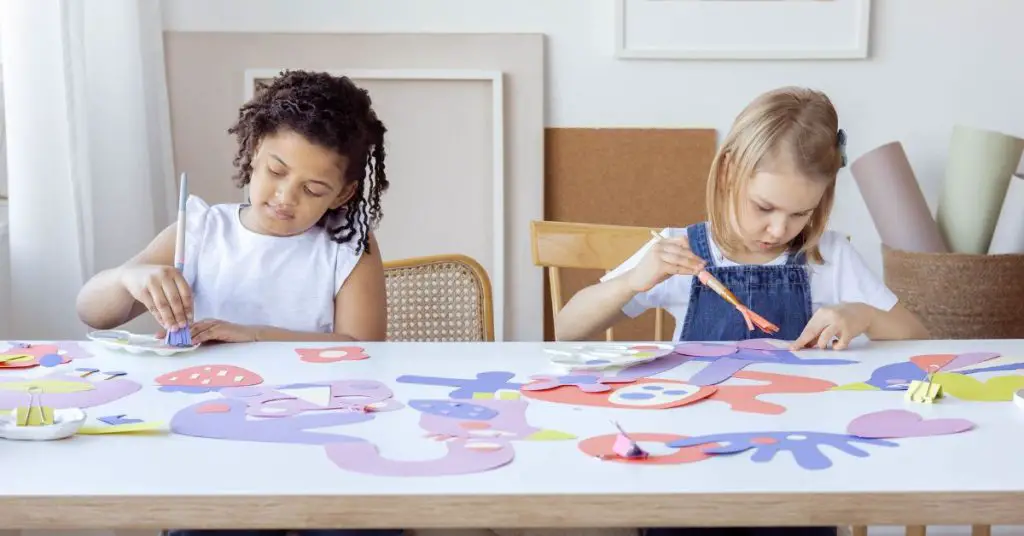
Art education is a superpower that can almost instantly transform the lives of children!
With its ability to aid in increasing empathy and understanding, art offers learners a unique set of benefits.
It helps create learning environments where compassion for others is emphasized.
As students explore their creative sides, they learn to think critically about the world around them and develop civic engagement skills such as problem-solving, communication, and collaboration.
Art also allows kids to express themselves more clearly by allowing them to view complex ideas from different perspectives.
By engaging with works of art, children gain insight into other cultures, build respect for diversity and feel empowered upon discovering new ways of expressing themselves artistically.
This encourages self-reflection while fostering acceptance of differences among peers – all through simply participating in activities related to art!
Artistic expression has a profound impact on children’s development, both emotionally and intellectually.
13. Nurturing Imagination And Curiosity
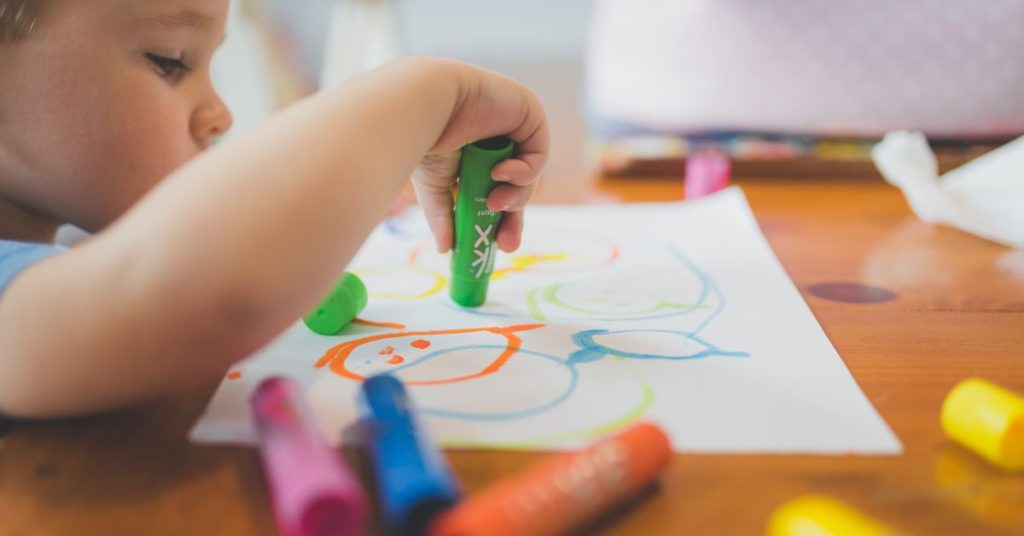
Moving beyond empathy and understanding, art education has the power to nurture imagination and curiosity in our children.
Kids can explore possibilities without limits through music instruction, drawing classes, or creative writing exercises.
This helps them boost their critical thinking skills as they observe the world through different perspectives.
Art also allows young people to express their emotions when words are not enough; it allows them to show how they see themselves and what matters most to them.
In addition, art education encourages children to take risks and make mistakes to achieve success.
It teaches resilience and perseverance by providing an opportunity for failure that is embraced rather than punished.
Art provides invaluable lessons on self-improvement that will benefit students throughout life by allowing kids a safe space where they can be imaginative, innovative, and daring with their creations while learning from any missteps along the way.
With these resources, we can help children develop into confident individuals who are not afraid of taking chances or trying something new.
Art education offers much more than just creating beautiful works of art — it enables us to unlock our greatest potential so that we may discover solutions together which leads us toward inspiring social change through art.
14. Inspiring Social Change Through Art
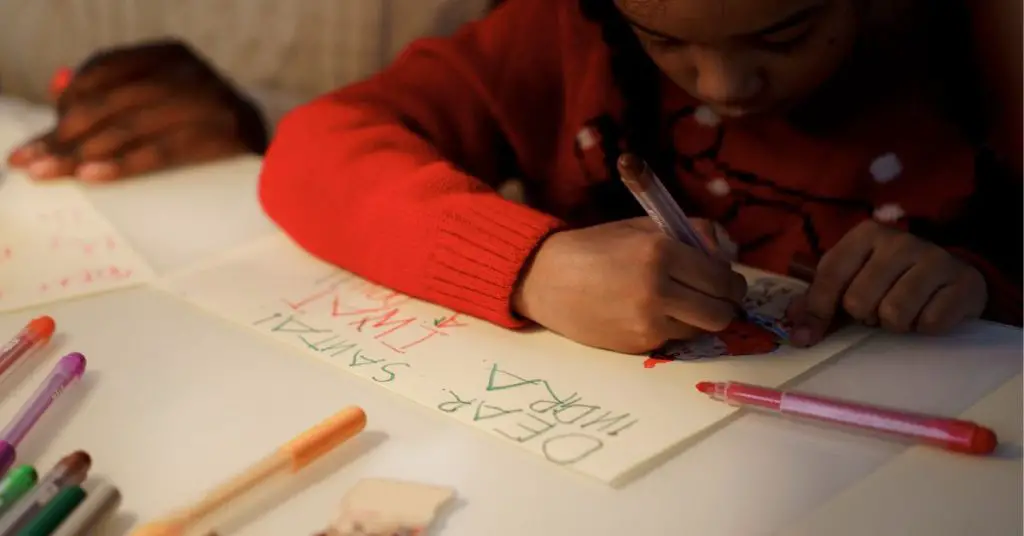
Art education has the potential to inspire social change.
It allows children to explore their creativity and express themselves in ways that challenge existing norms and standards of society.
Through art, they can develop an understanding of different cultures, histories, values, and beliefs.
When participating regularly in the arts, children learn how to communicate effectively with others, gain problem-solving skills and discover new ways to see the world around them.
By exposing students to diverse perspectives through art projects or discussions about current events, teachers provide a platform for open dialogue between students from different backgrounds and walks of life.
This helps foster respect among peers while developing empathy for those who may be facing difficulties due to inequality or other issues within our society.
Art teachers also play a key role by guiding young minds toward creative solutions that benefit individuals and communities.
The impact of art is often underestimated when it comes to making positive changes in our world.
The ability to think critically and question what we take for granted can lead us down roads where opportunities abound – particularly when combined with knowledge of history, science, math and language found within arts and culture courses at school.
Learning these valuable lessons as part of an artistic journey encourages kids to experiment with ideas on how best to make a difference locally and globally.
Final Thoughts on the Importance of Art Education
In conclusion, art education provides children with numerous benefits for their growth and development.
It is no wonder, then, why it has been an integral part of the curriculum in many schools worldwide.
Through art education, children can experience various activities – from strengthening motor skills to developing problem-solving strategies – all while enhancing creativity, expanding cultural awareness, and inspiring social change.
Art education truly helps bring out the best in our youth by nurturing imagination and curiosity, improving communication abilities, and increasing empathy and understanding.
As rightly said by Pablo Picasso, “Art washes away from the soul the dust of everyday life”; allowing them to soar like eagles into a bright future!
References:
- misskindergarten. “Developing Fine Motor Skills With Crafts – Miss Kindergarten.” Miss Kindergarten, 14 June 2021, misskindergarten.com/fine-motor-crafts.
- “Struggling to Solve a Problem? Historian Says That Exposure to Art Could Help.” World Economic Forum, www.weforum.org/agenda/2022/02/art-skills-better-problem-solve-productivity-creativity.
- “DEVELOPING CREATIVE THINKING THROUGH ART.” Learn-To-Inspire, 17 Nov. 2021, www.learn-to-inspire.com/post/developing-creative-thinking-through-art.
- Berger, Rod. “The Intersection of Art, Education and Cultural Awareness.” Forbes, 23 June 2022, www.forbes.com/sites/rodberger/2022/06/23/the-intersection-of-art-education-and-cultural-awareness.
- “Hone Your Problem-solving Skills Down to a Fine Art — With Fine Art.” Big Think, 15 Nov. 2022, bigthink.com/the-learning-curve/hone-your-problem-solving-skills-with-art.
- “Arts Education.” Arts Education | Americans for the Arts, 12 Sept. 2022, www.americansforthearts.org/by-topic/arts-education.
- “Why The Arts Matter for Kids’ Self-Esteem.” Greater Good, greatergood.berkeley.edu/article/item/why_the_arts_matter_for_kids_self_esteem.
- “Teaching Critical Thinking Through Art.” Teaching Critical Thinking Through Art, www.nga.gov/audio-video/teaching-critical-thinking-through-art.html.
- misskindergarten. “Developing Fine Motor Skills With Crafts – Miss Kindergarten.” Miss Kindergarten, 14 June 2021, misskindergarten.com/fine-motor-crafts.
- “Struggling to Solve a Problem? Historian Says That Exposure to Art Could Help.” World Economic Forum, www.weforum.org/agenda/2022/02/art-skills-better-problem-solve-productivity-creativity.
- “DEVELOPING CREATIVE THINKING THROUGH ART.” Learn-To-Inspire, 17 Nov. 2021, www.learn-to-inspire.com/post/developing-creative-thinking-through-art.
- “Hone Your Problem-solving Skills Down to a Fine Art — With Fine Art.” Big Think, 15 Nov. 2022, bigthink.com/the-learning-curve/hone-your-problem-solving-skills-with-art.
- “Arts Education.” Arts Education | Americans for the Arts, 12 Sept. 2022, www.americansforthearts.org/by-topic/arts-education.
- “Why The Arts Matter for Kids’ Self-Esteem.” Greater Good, greatergood.berkeley.edu/article/item/why_the_arts_matter_for_kids_self_esteem.
- “Art And Empathy: Four Thought Leaders Explain the Connection –– Minneapolis Institute of Art.” Art And Empathy: Four Thought Leaders Explain the Connection –– Minneapolis Institute of Art, new.artsmia.org/stories/art-and-empathy-four-thought-leaders-explain-the-connection.
- Emery, Joanne. “Fostering Curiosity and Imagination.” The Institute for Arts Integration and STEAM, 1 May 2018, artsintegration.com/2018/05/01/fostering-curiosity-imagination.
- Dsouza, Liza. “Art as a Medium for Social Change.” Motiva, 26 June 2022, www.motiva.art/blog/art-social-change.
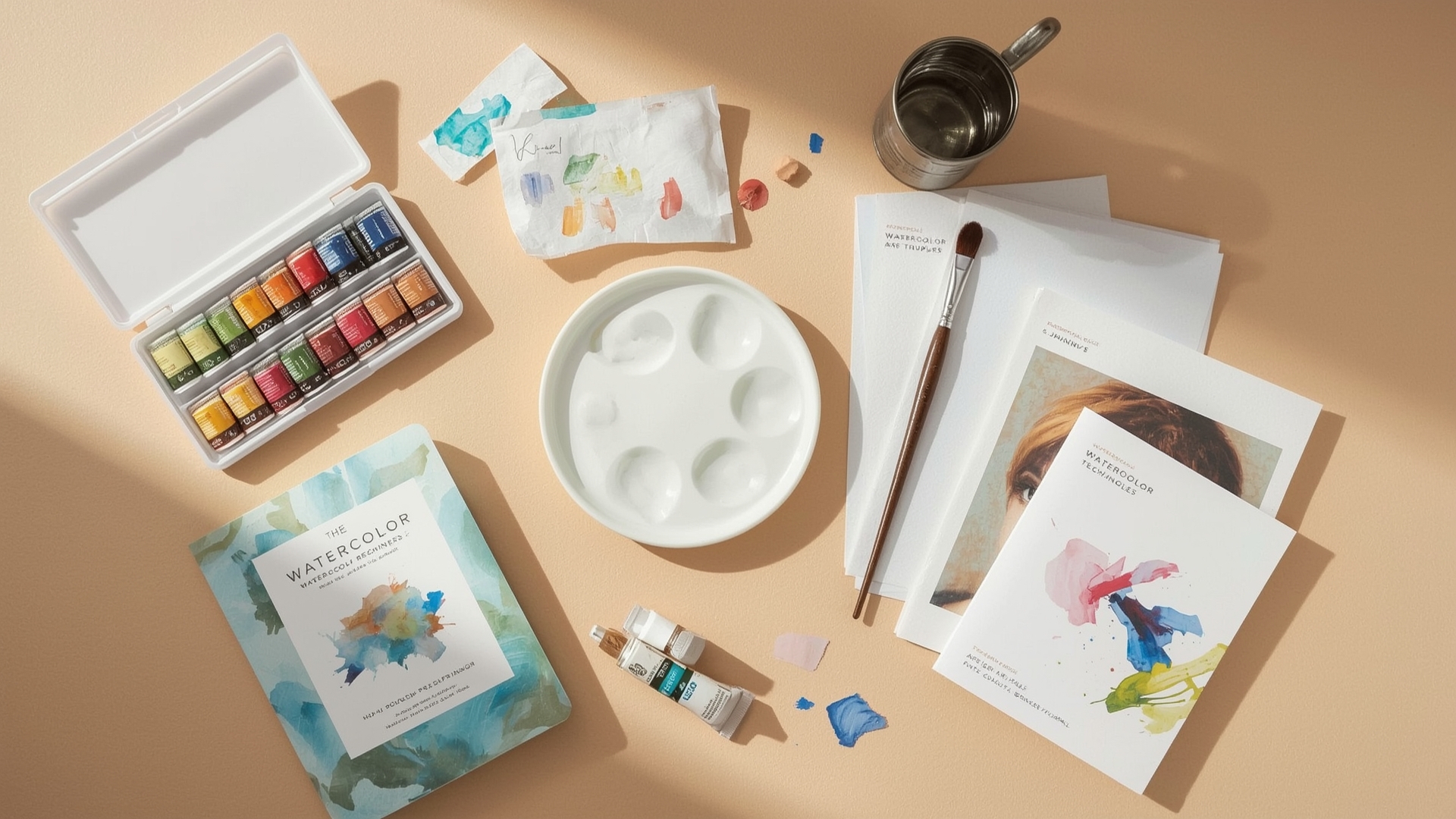
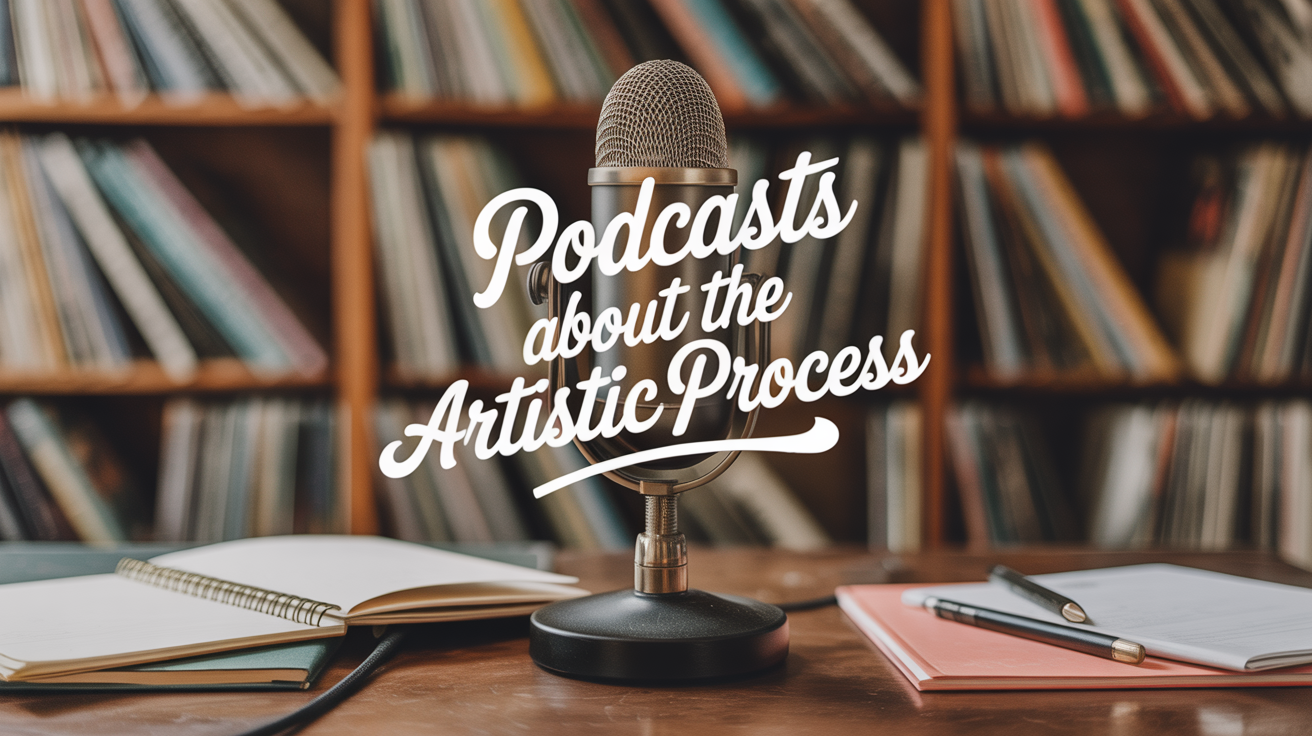
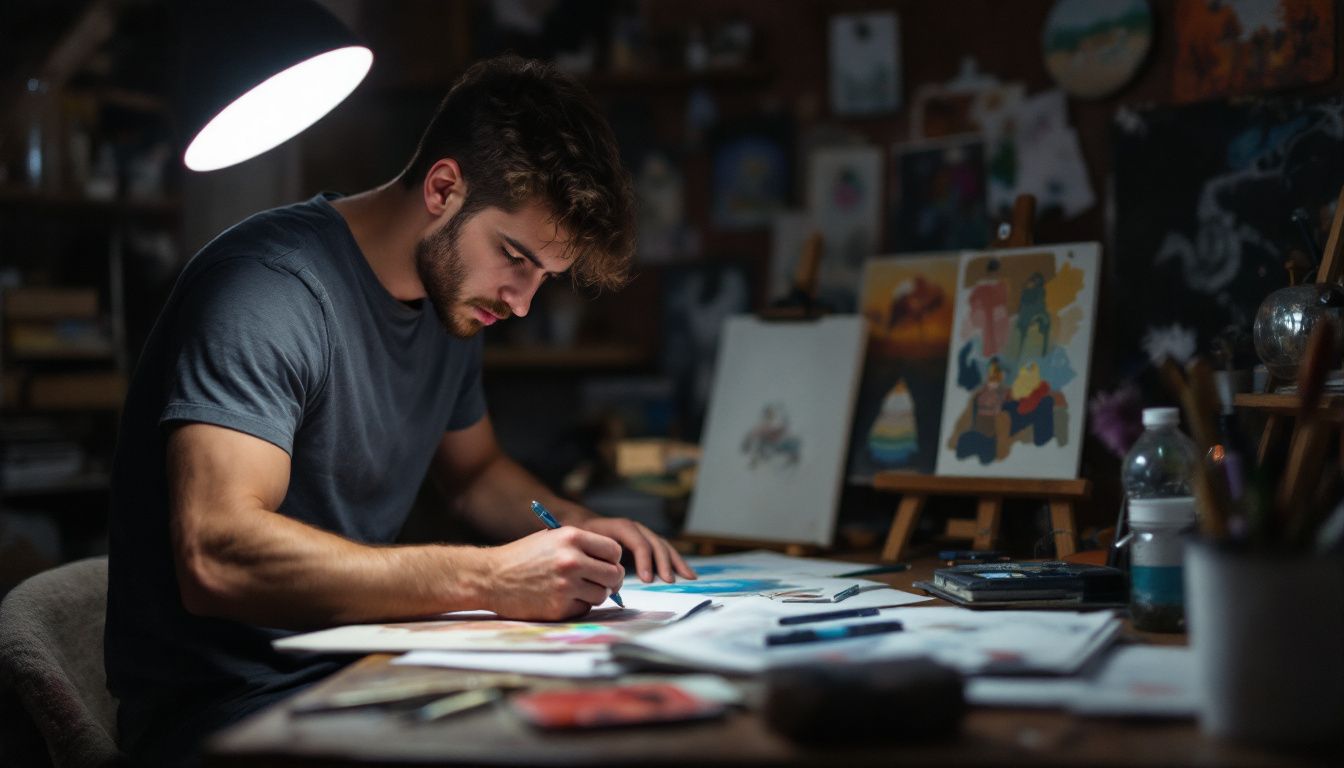
Leave a Reply